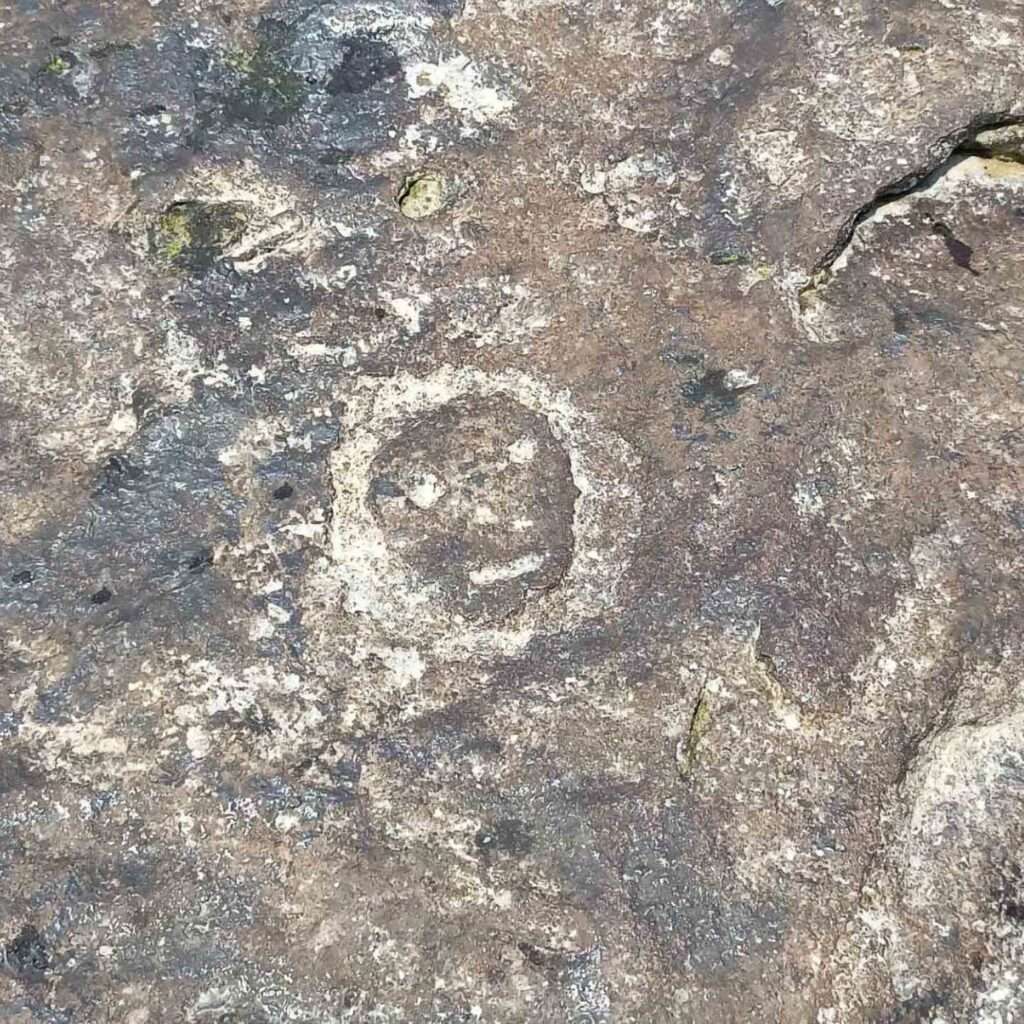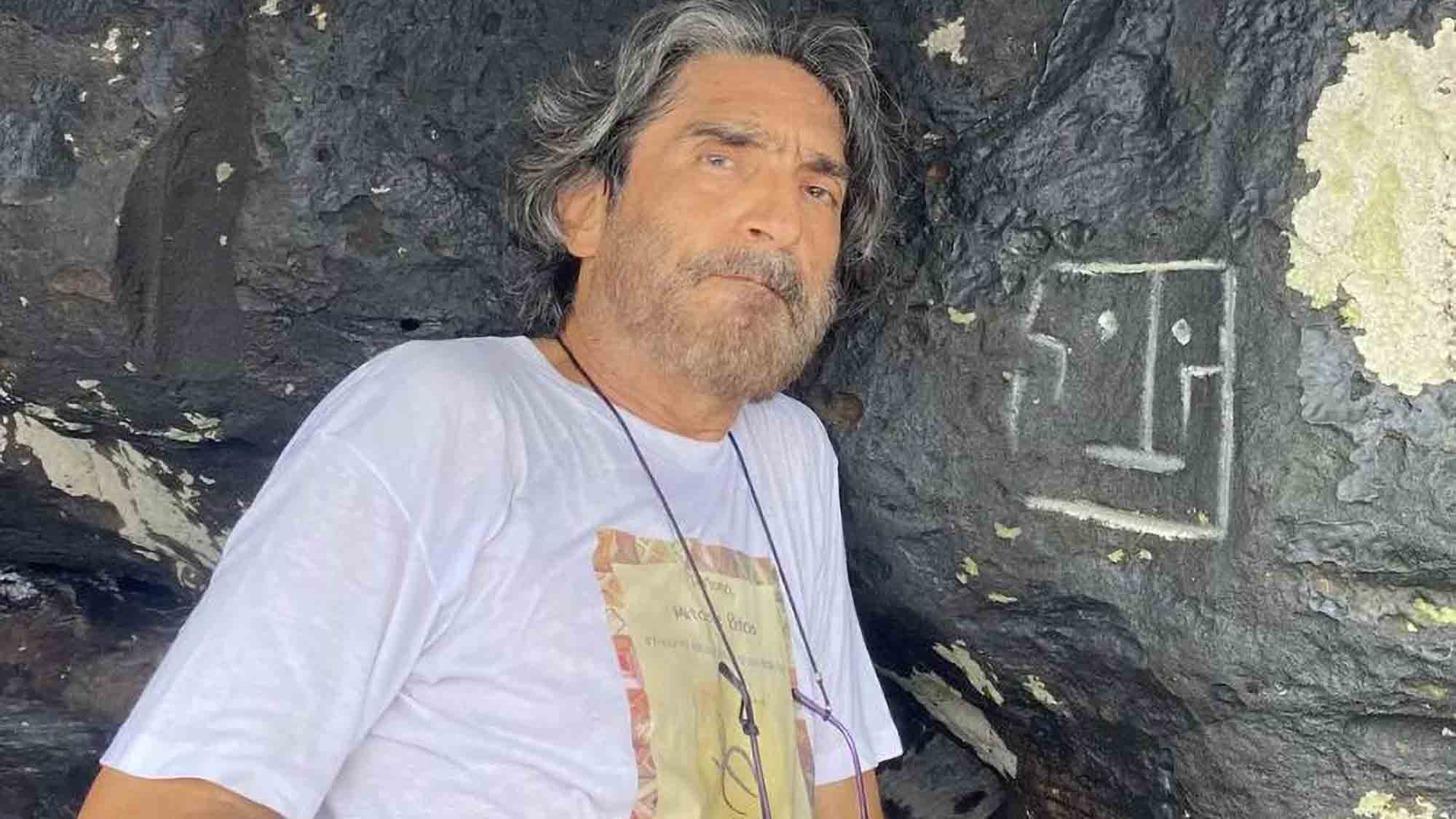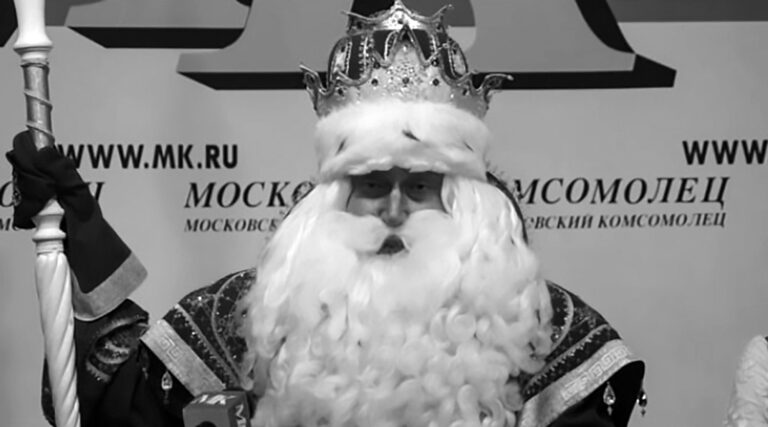Archaeology experts who painted over 2,000-year-old Amazonian tribal rock carvings for birthday selfies have been censured by antiquities officials in Brazil.
The academics, named in local media as Professor Gisella Braga and Otoni Mesquita, had been visiting the ancient site on the banks of the River Negro in Amazonas State.
The historic carvings are usually submerged in water but appeared after a drought dropped the level of the river.
But the duo’s photos of the visit outraged tribal leaders and social media users when they showed how they had painted over the engravings at the Praia das Lajes site.

The carvings are in the stylised shape of human faces but the images posted on 24th October show they have been highlighted what they said was a natural paint made from local mud.
Professor Braga, who posted the photos said: “Incredible birthday morning in Manaus.
“I visited the archaeological site of Lajes, on the banks of the Negro River, facing the Encontro das Aguas and saw, for the first time in my life, remnants of artistic manifestations, of the people who lived here.”
But the pictures of the stunt, later deleted, outraged both experts and social media users.

One social media user said: “Did they know the drawings were so old when they put the ink on them?”
Another said: “Lady, please say that what you put on the rock engravings is not paint.”
Historian Mesquita, who had also shared a photo, quickly deleted it as the culture row grew rapidly, reports local media.
He said: “My interest in archaeological material goes back many years, not only for historical reasons but for its cultural value for all of us in the region, probably because it is one of the most remote manifestations of the native peoples, therefore, of great relevance for our references. historical and cultural.”

Brazil’s National Historical and Artistic Heritage Institute -or Iphan – said it would inspect the site for damage.
They said in a statement: “With this, the aim is to produce knowledge about the Archaeological Heritage of the Amazon region, promoting, at the same time, educational actions that are also a way of preventing future damage to these assets.”
And Indigenous leader Vanda Witoto said the engravings are “sacred” to tribal peoples.
She said: “These paintings are ancestral, they are sacred to our people.
“I wanted to ask people to be more aware and respect our history.
“It is important that Iphan recognizes this territory as an intangible heritage of indigenous peoples so that there is no looting or vandalism of this important archaeological site that brings the history and memory of indigenous peoples.
“This recognition needs to be mobilised.”

To find out more about the author, editor or agency that supplied this story – please click below.
Story By: Marija Stojkoska, Sub-Editor: Michael Leidig, Agency: Central European News
The Ananova page is created by and dedicated to professional, independent freelance journalists. It is a place for us to showcase our work. When our news is sold to our media partners, we will include the link here.




